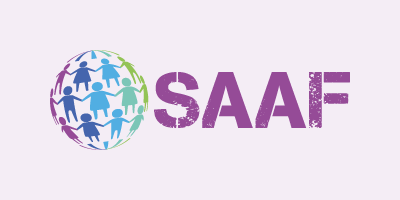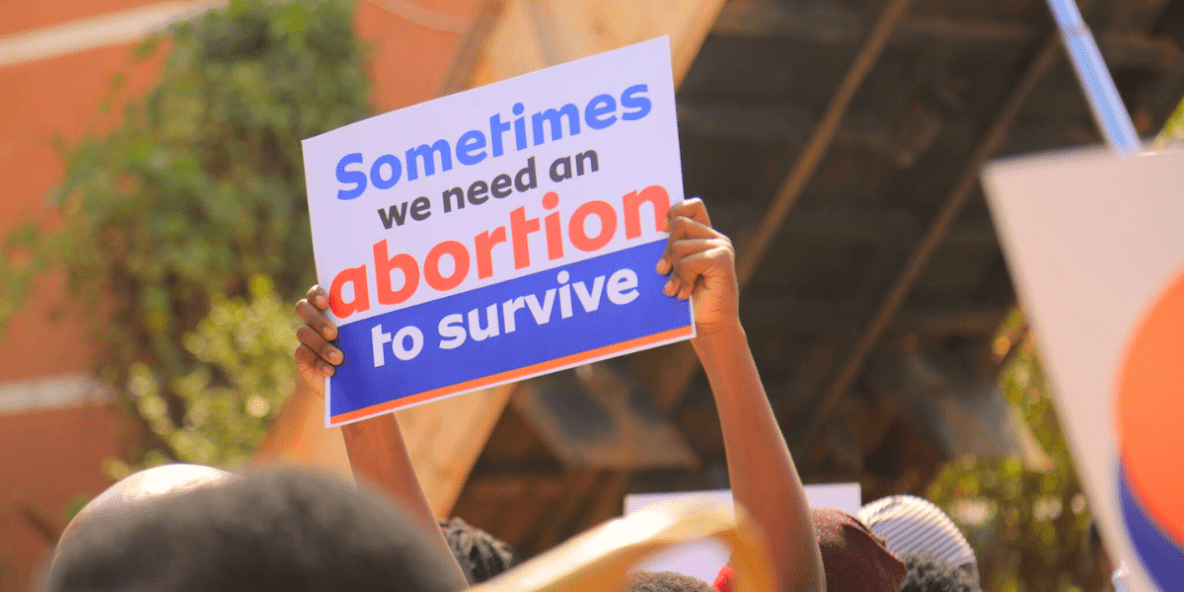The theme of this year’s International Safe Abortion Day is ‘Safe abortion is life-saving healthcare’.
The organisations that SAAF funds undoubtedly save lives with their safe abortion work.
I regularly read reports from our grantee partners which note the reduced rates of deaths from unsafe abortion thanks to the introduction of safe and high-quality abortion services. For example, RuWCED, working in a conflict-affected area of Cameroon, shared this from one of the health authorities they work with:
“Before we started working on these issues, we had reports of at least 1-3 women and young girls dying of unsafe abortion every month at the level of the health district. It is over a year now that I have not read a report saying any woman died from an unsafe abortion.”
The simple truth is that where safe abortion is available, it saves lives. But let’s go further. Safe abortions don’t just save lives in terms of prevention of death from unsafe methods, they can also ‘save’ the life plans of women, girls and others who need them.
Sometimes we need an abortion to survive, yes, but we also need abortions to thrive.
Safe abortion keeps women alive, but it also helps women live.
What does it mean to ‘save a life’? When someone provides abortion care they may well be offering a safe alternative to methods like inserting sticks into the womb, or consuming washing powder to end a pregnancy. Many of the abortion advocates we work with tell us they have known women who have lost their lives this way.
And those denied safe abortion options are not just at risk of death from unsafe abortion methods. A recent study in the U.S found that “abortion restrictions may have increased suicide risk among women ages 20 to 34.”
By providing the option of ending a pregnancy safely, we can avert the unnecessary deaths and physical harms which result in hospitalisation and sometimes life-long disabilities and infertility. But we can also save a life by enabling that person to live the life they choose. To finish their education, to escape a violent relationship, to succeed in their chosen career. To be happy, to live the life they want. I would also say that’s a life ‘saved’.
How dare those who block access to abortions describe themselves as ‘pro-life’?
Blocking access to safe abortion kills women and causes them harm in multiple other ways – physical, logistical and emotional. We know this.
The ‘Turnaway Study’ found that people who are denied abortions are more likely to experience serious complications after pregnancy and poor physical health for years after. They are more likely to suffer anxiety and low self-esteem. They are more likely to stay tethered to abusive partners and less likely to have aspirational life plans for the coming year.
How can this be ‘pro-life’? It’s certainly not ‘pro’ the life of the person seeking abortion care. But the argument is that abortion bans ‘protect unborn children’. Except the Turnaway Study also found that being denied abortion has serious implications for the children born of unwanted pregnancy, as well as existing children in the family. These children show worse development and are more likely to live below the poverty line.
Though some of the loudest voices against the right to safe abortion come from the U.S, it has been shown that the bans introduced there are in fact associated with increases in infant mortality, as well as ‘pregnancy-associated deaths’.
Abortion is life-saving, but we shouldn’t have to be dying to access it.
Almost all countries where abortion is allowed include caveats to its access. The most restrictive abortion laws often give just one – where the life of the pregnant person is in danger. According to the Center for Reproductive Rights, 20% of women of reproductive age live in a country where abortion is only permitted to save a person’s life.
But as we have seen so clearly with the case of Savita Halappanavar in Ireland, this exception doesn’t always save the life of the pregnant person. In 2012 Savita was denied what would have been life-saving abortion care. The consultant confirmed that “Under Irish law, if there’s no evidence of risk to the life of the mother, our hands are tied so long as there’s a fetal heart”.
As a result, Savita died of sepsis. Her tragic case was a stark reminder that abortion restrictions lead to lives lost. A legal requirement to administer abortion care only when a life is in danger is not just immoral, it’s not workable. Thankfully the public in Ireland understood this and in 2018 voted in favour of repealing the eighth amendment which was a near total ban on abortion.
Yes, abortion saves lives. It also changes lives.
We should be able to end pregnancies for our own reasons, under any circumstances, not just when our life is in immediate danger. We have a right to choose if and when we have children, and what sort of life we want to live. Somehow that still seems to be a radical proposition across so much of the world.
SAAF stands in solidarity today, and every day, with those who are brave enough to fight for abortion rights, and our right not just to survive but to thrive.
By Laura Hurley, Communications Lead for SAAF.
Image credit: SAAF grantee partner COHERINET, Uganda.




